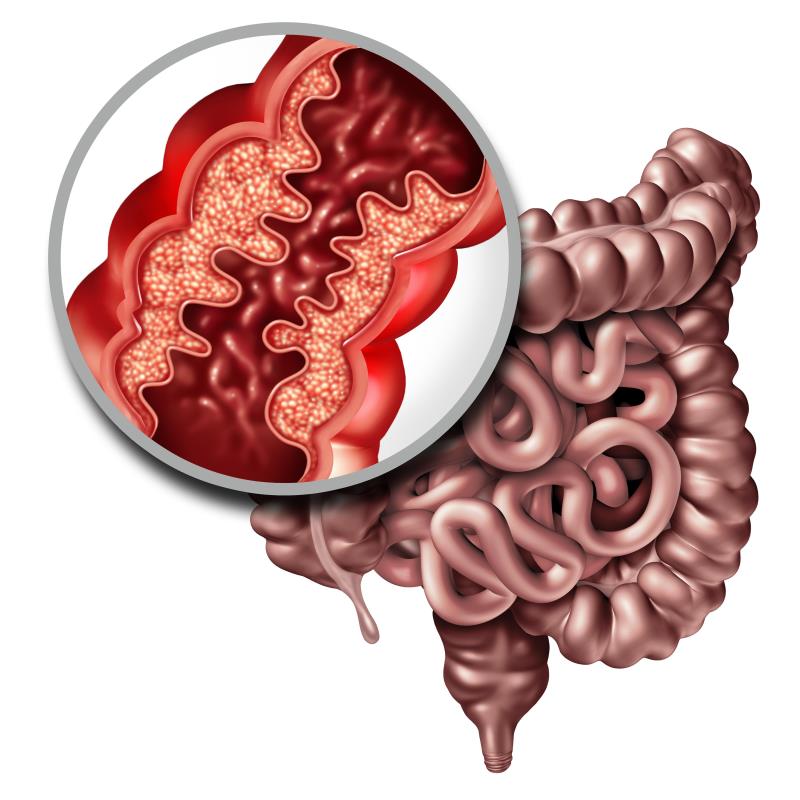
In a real-world cohort of patients with highly refractory Crohn’s disease (CD), upadacitinib treatment prompted clinical response in most and steroid-free clinical remission in half, while having an acceptable safety profile.
Researchers used data from 29 French GETAID centres and looked at 223 consecutive patients (median age 38.0 years, 49.8 percent male) with refractory luminal CD (median disease duration 13.0 years) treated with once-daily upadacitinib 45 mg.
The primary outcome of steroid-free clinical remission at week 12 was defined as a Harvey–Bradshaw Index (HBI) of <4. Other outcomes were clinical response (a ≥3-point reduction in HBI and/or HBI <4), clinical remission, biomarker remission, endoscopic and/or radiologic response, and safety.
More than half of the patients had ileocolonic disease (52.1 percent), and 41.3 percent had nonstricturing and nonpenetrating phenotype. A total of 53.8 percent had undergone at least one previous intestinal resection, and everyone had been previously exposed to at least one biologic before initiating upadacitinib. Concomitant use of steroids, immunosuppressant, or another advanced therapy in combination was documented in 19 percent, 2 percent, and 4 percent of patients, respectively.
At week 12, 54 percent of patients had steroid-free clinical remission (107/197), 65 percent showed clinical response (129/197), and 56 percent had clinical remission (111/197). Biomarker remission was observed in 52 percent of patients (90/173), endoscopic and/or radiologic response in 47 percent (18/38), and clinical response of extraintestinal manifestations in 79 percent (37/47).
In terms of safety, 65 adverse events (AEs) were documented in 58 patients (26 percent), including 17 serious AEs, 16 disease exacerbation, and one case of colonic EBV-associated lymphoproliferative disorder. Acne occurred in 24 patients (11 percent).